In June Blackmagic presented the new generation of Pocket 6Kcomposed of G2 – evolution of the previous model – and from Pro.
Two questions that arise spontaneously: what’s new? And what changes between the two models?
To find out, we decided to feed them to our videomakers, collect their impressions and tell you how they found each other.
Blackmagic Pocket 6K G2 vs Blackmagic Pocket 6K Pro
Before telling you what the new arrivals are like, let’s take a step back.
What are these Blackmagic Pocket Cinema Camera 6K?
It is about professional rooms which can be used for YouTube content – as we do – but also for short films, feature films, documentaries, TV programs… In short, they are designed to be practical but suitable for advanced use and high-level productions.
Compared to the previous generations we now have two models, with the G2 which is the direct evolution of the previous camera and the Pro which adds an extra element to the already excellent equipment of the G2, namely the integrated ND filters.
But let’s go in order.
Design
 From left to right: Pocket 6K Pro, Pocket 6K G2 and Pocket 6K
From left to right: Pocket 6K Pro, Pocket 6K G2 and Pocket 6K
Aesthetically, the new Blackmagic Pocket are twins. Almost. Change the weight – 1,200 grams for the G2 against 1,238 grams for the Pro – e the presence on the Pro of two small buttons, just above the display, for the selection of ND filters. For the rest they are identical and yes, they also look a lot like the past generation. They look alike, however, does not mean that they are the same: the newcomers have more abundant dimensions and a better grip as regards the handle. In general we have found them more ergonomic and comfortable to useimproving the excellent work done with Blackmagic Pocket 6K.
On the connectivity side there is everything you need: on one side we find the input for the microphone, the one for the headphones, the HDMI, the USB-C port to connect, for example, an external SSD, the mini XLR inputs and the port for the 12 Volt power supply while on the other side you have the slot for SD and CFast cards.
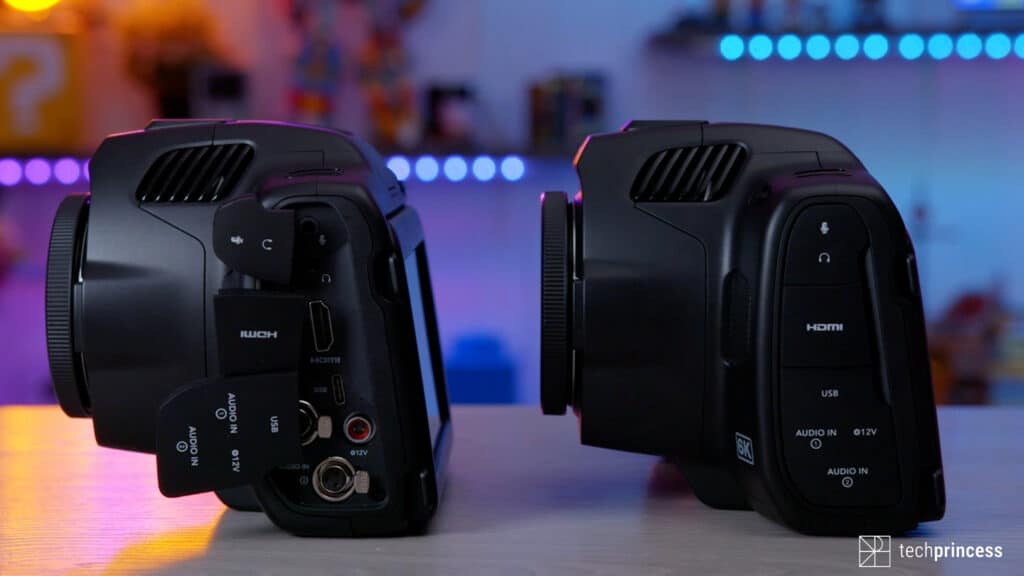
On board we also find two microphones on the front, an LED that helps you immediately understand if you have started recording and then of all the buttons for managing the camera and settings. Buttons that you will use very little though as most of the setup can be done through the 5-inch LCD touchscreen display which, in this new generation, has become reclining.
It may seem like a small detail but it is one of the innovations that we most appreciated: it is true that it is not totally foldable, as it may happen on other cameras, but it is also true that it allows us to better see what is being filmed when, for example, we use a gimbal for shooting from below.
We then excellent brightness, with the G2’s screen being brighter than the first generation Pocket 6K. The Pro, however, beats both models, reaching 1500 nits so you can see great even in the sun.
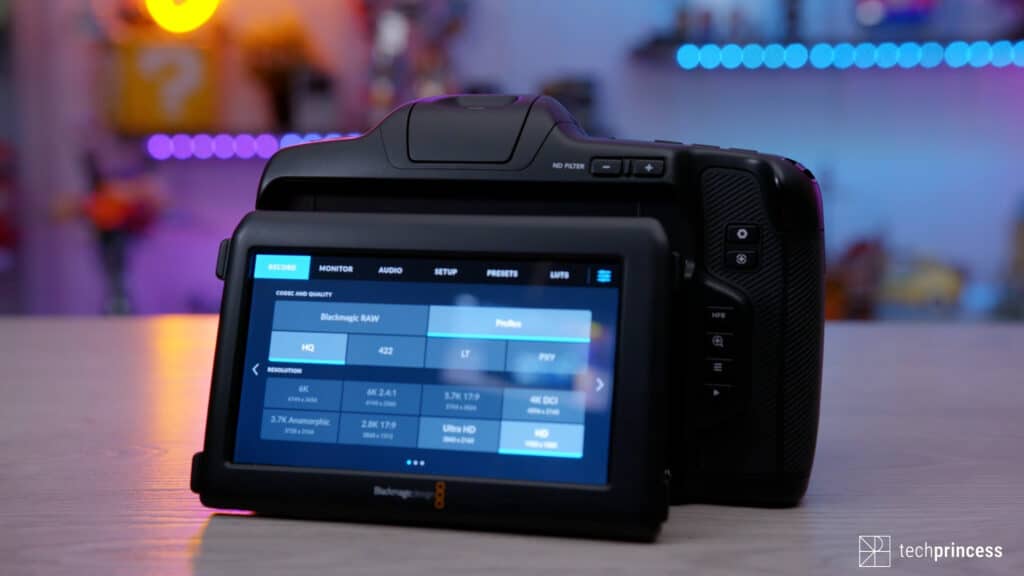
Finally, among the news we point out the presence of the hook for the electronic viewfinder (optional) while in our opinion some more screw connections are missing on the lower part which would have increased the versatility of the product.
Blackmagic Pocket 6K G2 and Pro: how do they record?
The sensor of Blackmagic Pocket 6K G2 and Pocket 6K Pro is the same, a 6144 x 3456 pixel Super 35 with dual native ISO up to 25600 while the lens attachment is a EF.
Both are born to guarantee high image quality, with flawless skin tones and very faithful colors. The 12-bit gamma curve was developed for capture more data in highlights and shadows, for truly spectacular images. And then we have the technology Blackmagic RAW, which retains sensor color and dynamic range data in metadata, accessible in post-production.
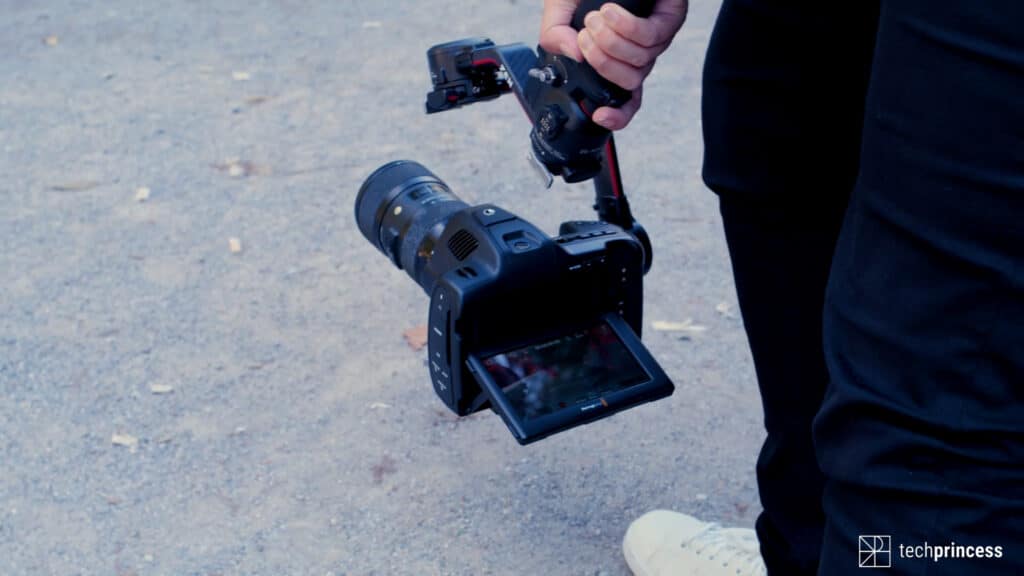
Both bedrooms also take advantage of the new version of Blackmagic’s software, 7.9, which brought with it some changes to the graphical interface but not only. The update also introduced video stabilization, with gyroscope information being inserted into Blackmagic RAW files to then be read by DaVinci ResolveBlackmagic’s video editing software.
Please note that to obtain optimal results it is necessary to know the focal length of the lens, an information that is recorded in the metadata of the file when using an active lens; if the lens is manual, the user must enter the focal length in the Blackboard (then it is added to the file metadata) to obtain the best stabilization results. If there is no lens information, DaVinci Resolve assumes it is an 18mm.
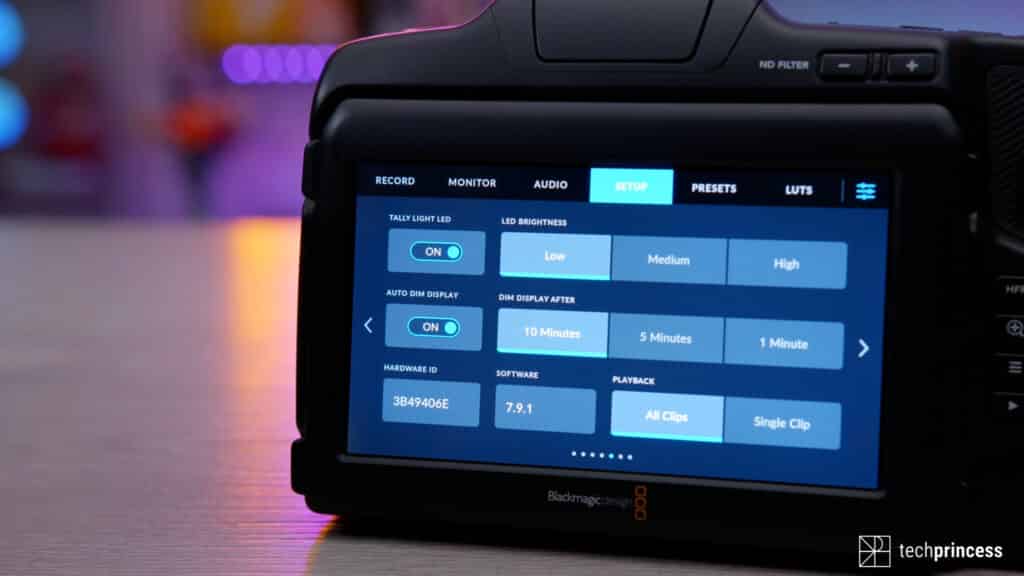
So far the two chambers are the same. What changes? As anticipated, on the Pro we have ND filters (neutral density filters) integrated up to 1.8. This means that you will not have to apply external filters to the lens and for those who turn a lot outdoors it is a great convenience.
Before closing a single note on batteries. Both cameras use the NP-F570 or F550 which, compared to the previous generation, boast greater capacity and more autonomy, so you have more time to shoot your content. In any case, we remind you that, inside the package, you will find the appropriate power supply that allows you to use the two Pocket even without a battery.
Blackmagic Pocket 6K G2 vs 6K Pro: quale scegliere?
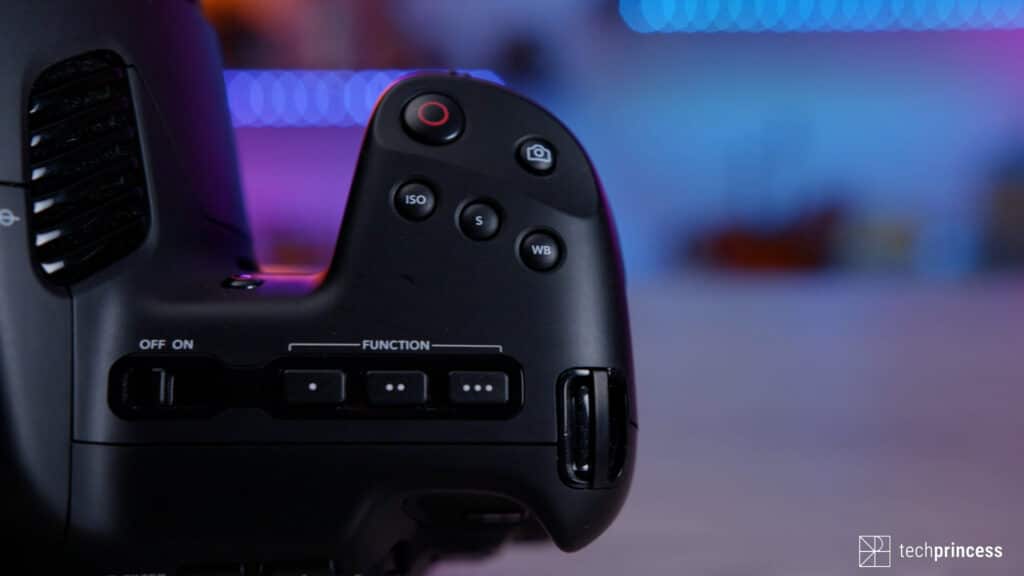
Blackmagic Pocket 6K G2 vs 6K Pro: which one do I buy?
Both are great tools for recording quality movies and both can be a good way to enter the world of Blackmagic.
But the 6K Pro gives you something more in terms of display brightness and ND filters, which are particularly useful in the field.
You must therefore make your appropriate assessments, keeping in mind your needs and obviously the budget since the G2 costs € 1,975 while the Pro costs € 2,495. Not a little, it is true, but fully justified by the quality of both products, by the functionality and by the images that you can take home with these two rooms.







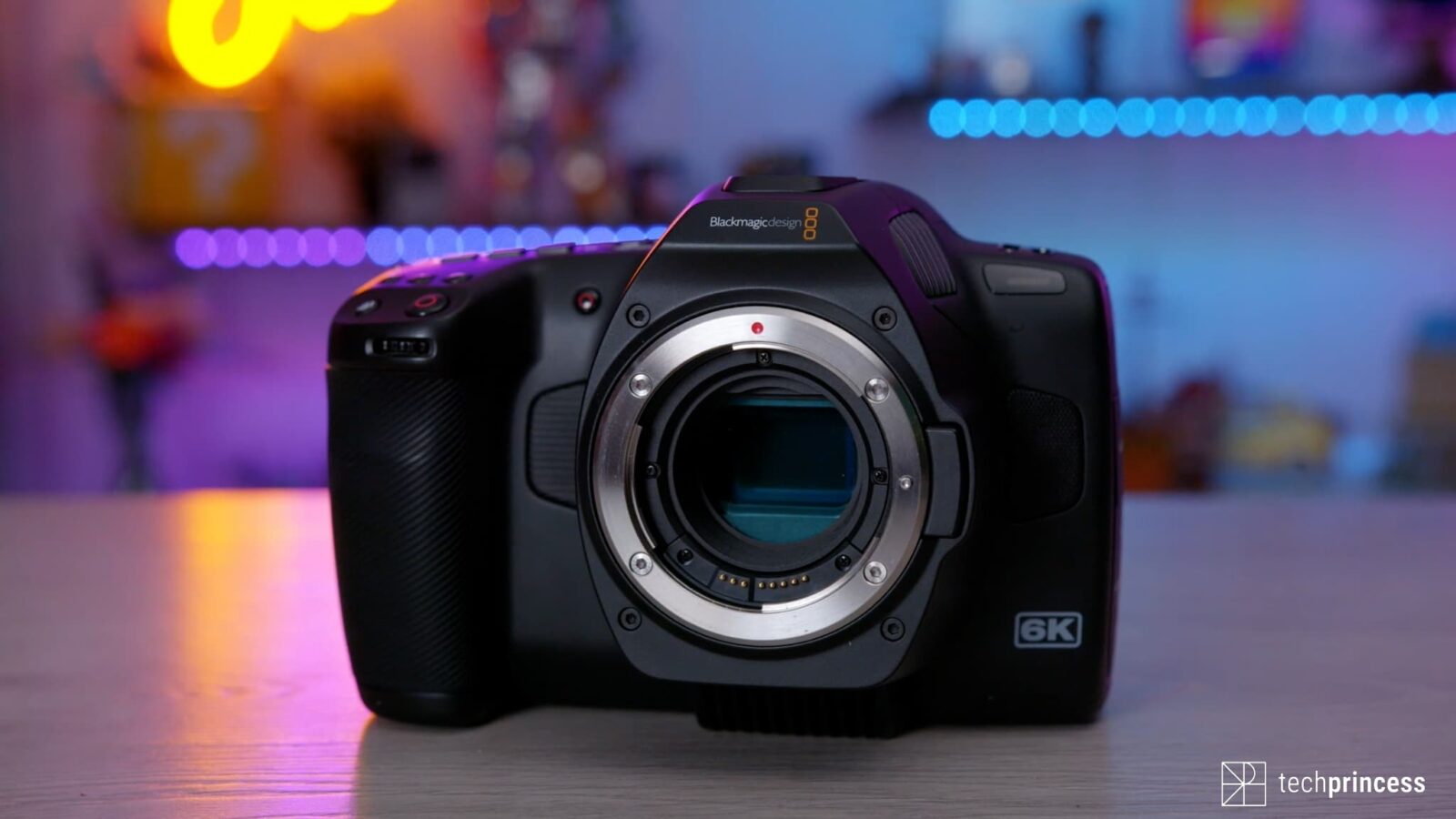




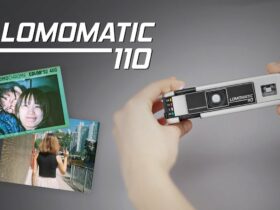

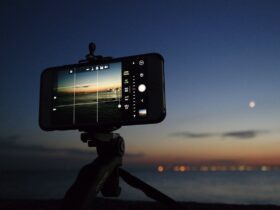

Leave a Reply
View Comments